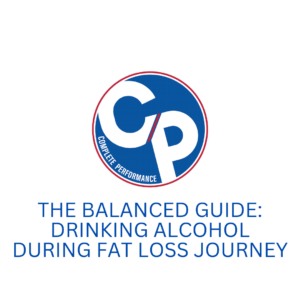When training any client for anything, it is important to consider safety, effectiveness, and carryover to sport. It is important to understand the functional demands of the sport and how the exercises chosen will help the client reach their goals.
Traditionally, the argument against benching has been for safety purposes, but movement quality and tissue density are more important to discuss. Pec ruptures are not typically seen from benching, as the shoulders are usually loose enough to allow for motion. Additionally, Baseball and Softball players in general do not get strong enough to move serious weight in benching, which can protect them in the acute sense.
Needs of Throwing athletes
To answer this we first look at the general adaptations and posture we see in the throwing population. There are countless presentations we might find, but here are some common findings.
- Depressed shoulder on the dominant throwing side
- Lengthened upper trap on the dominant side
- Anteriorly tilted shoulder blade
- Overactive Rhomboid
- Reduced Serratus Anterior recruitment
Many of those can be byproducts of the lats becoming more dominant, and the traps and serratus take a back seat in their original roles of shoulder blade elevation and upward rotation. If we lack scapula movement the compensation is more movement of the humeral head in the socket making it difficult to perform overhead activities such as reaching, lifting, and throwing. This can lead to shoulder impingement and rotator cuff injuries.
If an athlete develops one or more of these adaptations, training should then encourage a better functioning shoulder. A depressed shoulder may benefit from laying off heavy lat dominant movements like deadlift and pull/chin ups as well as inputting more upper trap exercises. Helping the lat and rhomboid tone down, and instead getting more lower trap recruitment to help with shoulder blade posterior tilt and serratus to get better upward rotation would be excellent priorities to focus on.
One last note is that throwing requires rotation to not only improve velocity, but allow for a long deceleration to reduce strain and injury prevalence. So maintaining and improving (thoracic) rotation is of high importance when we are choosing the right training exercises.
Bench Pressing Needs
To bench press successfully we want to tuck the shoulder blades back and down towards the hip, and keep them locked through the motion to “stay tight” and create a platform to bench from. Additionally we arch the back, which in turn creates a lot of extensor tone. For benching, that is helpful to press more weight and build strength.
The challenge that we are facing here, is the adaptations we will get in an athlete from this movement encourage many of the throwing populations compensations. Instead of moving them closer to optimal function it digs a deeper ditch in areas we may not want water to be flowing. It should also be mentioned that there is virtually no aspect of rotation in the bench press.
Summary
Bench pressing can contribute to unnecessary risk in areas such as lat strains, bicep tendinopathy, slap tears, rotator cuff irritations and possibly even low back stress fractures. Bench pressing also locks the shoulder blades down, grinding away at the front of the socket, and does not allow for thoracic rotation to deliver the ribcage, the scapula and arm. Pulling the bar down also creates a lot of extensor tone.
For optimal carryover to sport, training should focus on exercises that involve movement of the shoulder blade, such as medicine ball throws, cable presses, landmine variations, and push up variations.
In conclusion, while bench pressing can be beneficial for some athletes, it is probably the lowest hanging fruit for pitchers due to the risk of injury and the lack of carryover to the sport. It is important to consider the functional demands of the sport and the safety of the athlete when deciding whether or not to include bench pressing in a training program.




